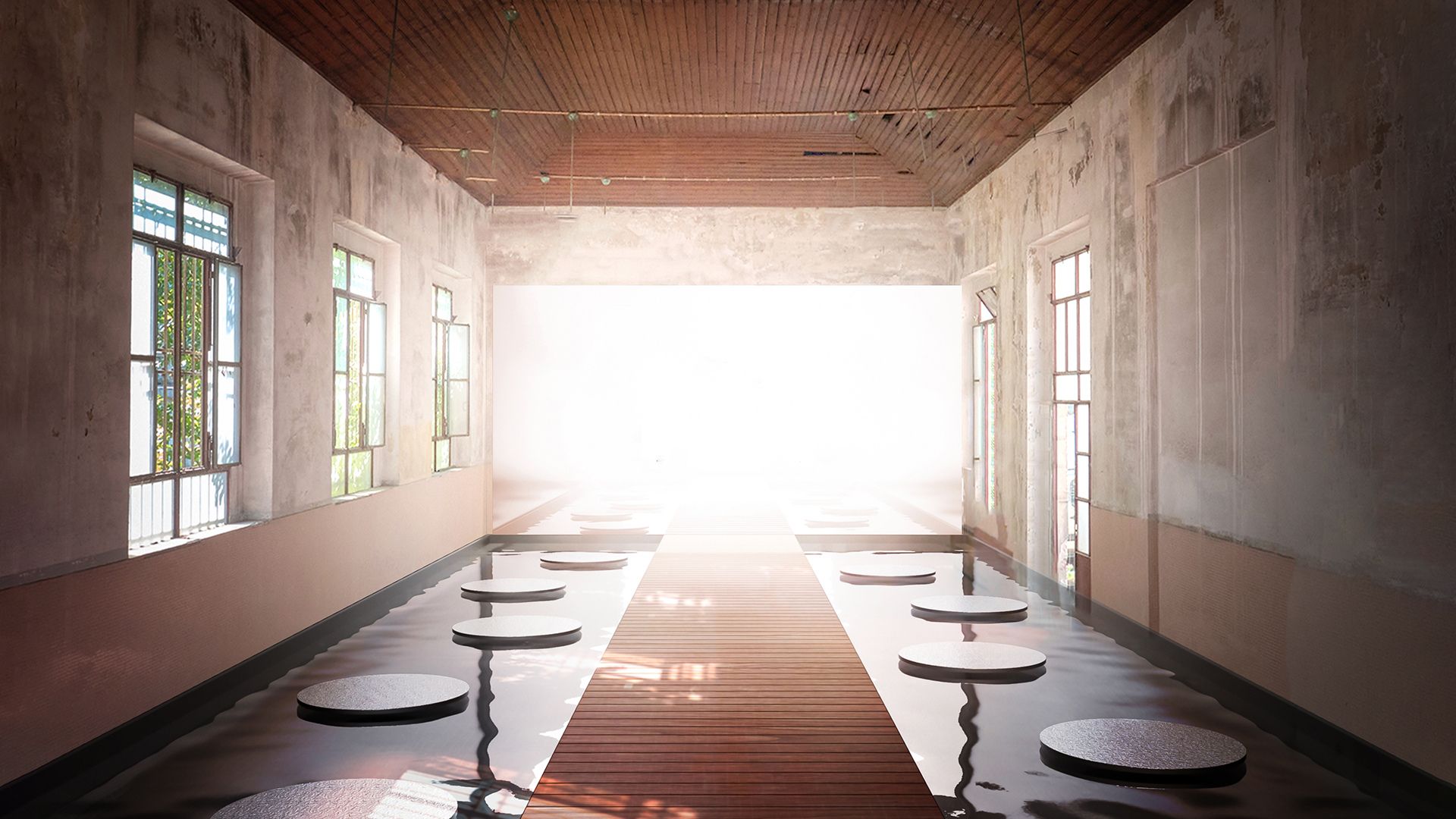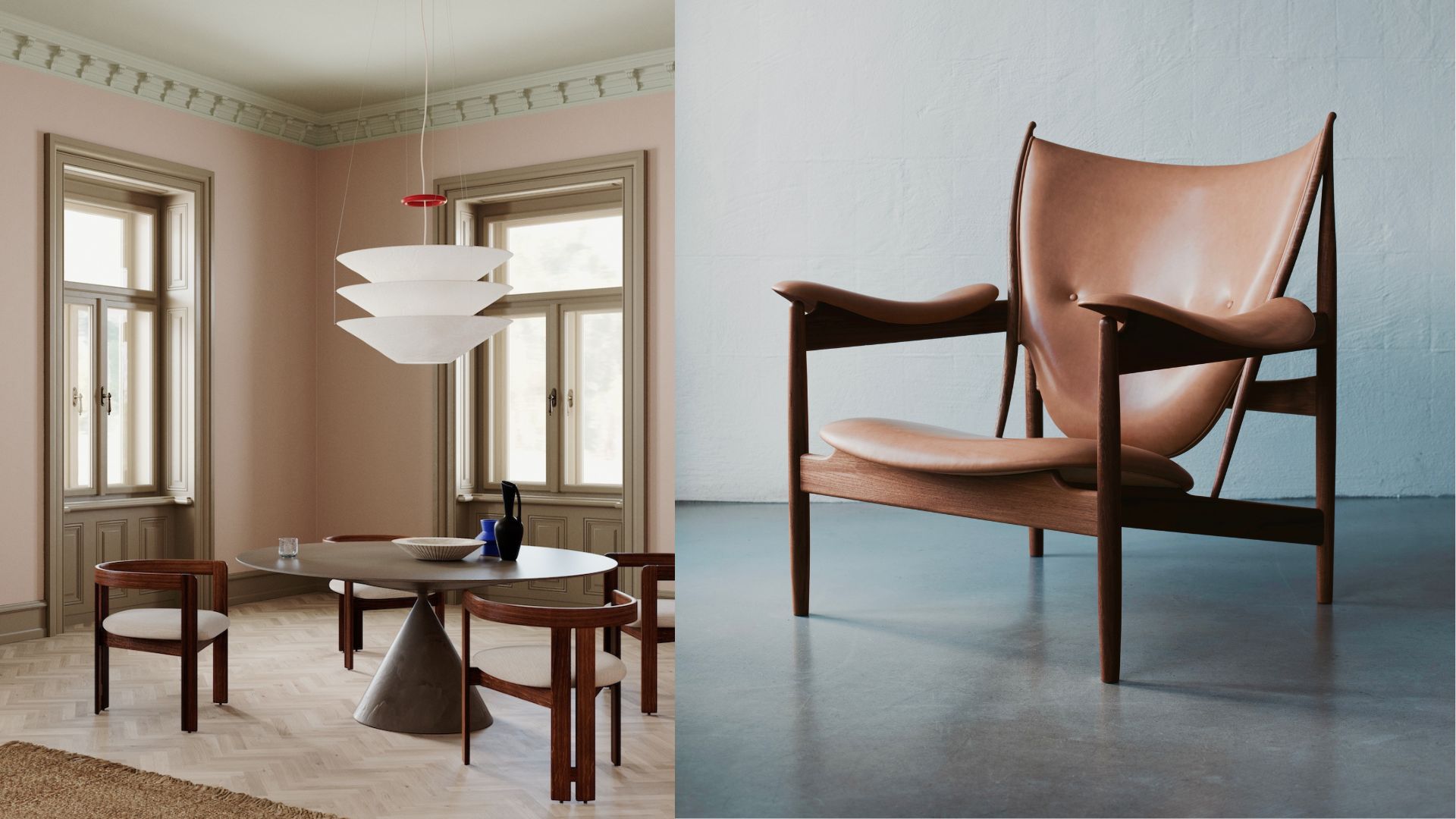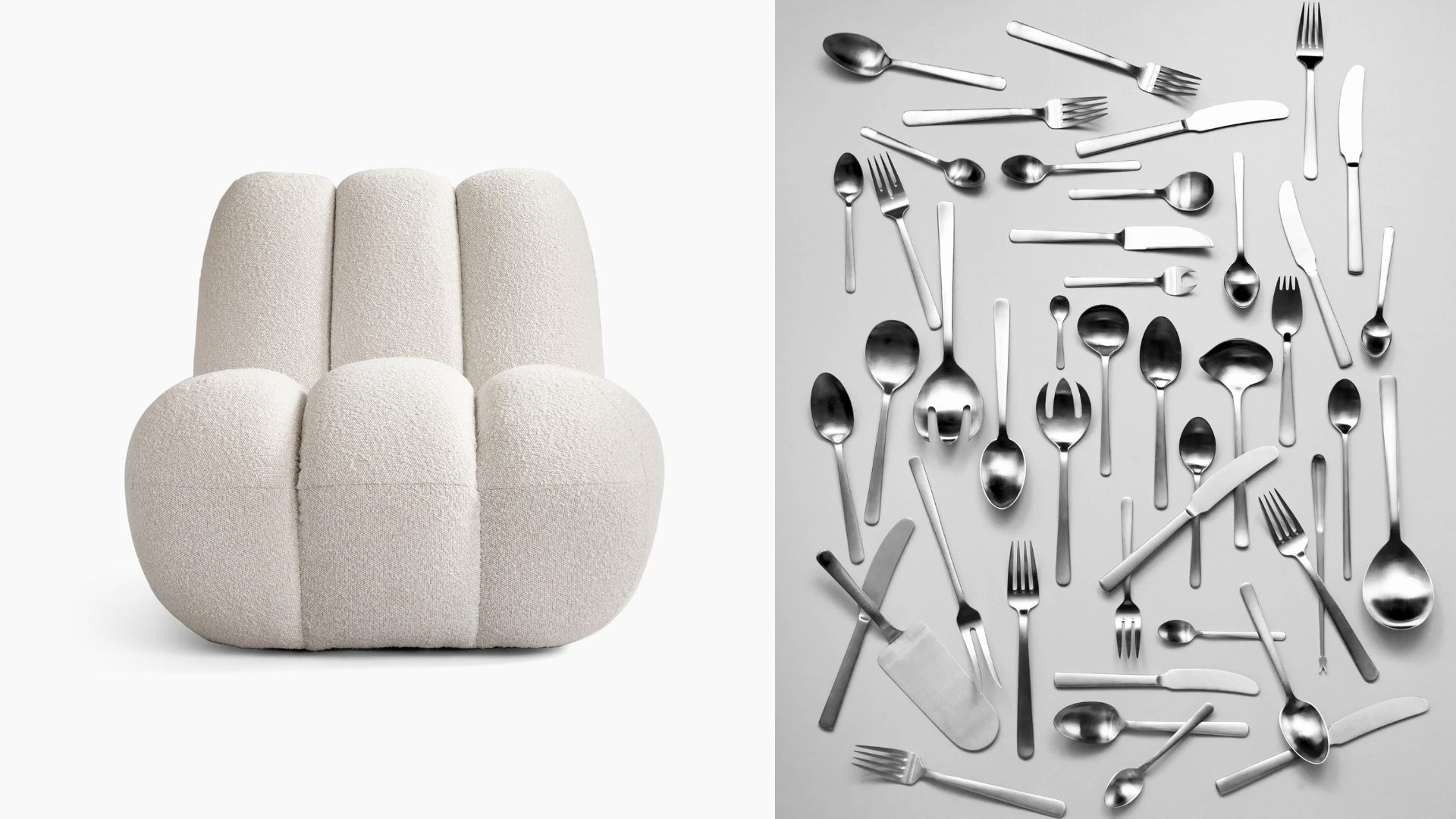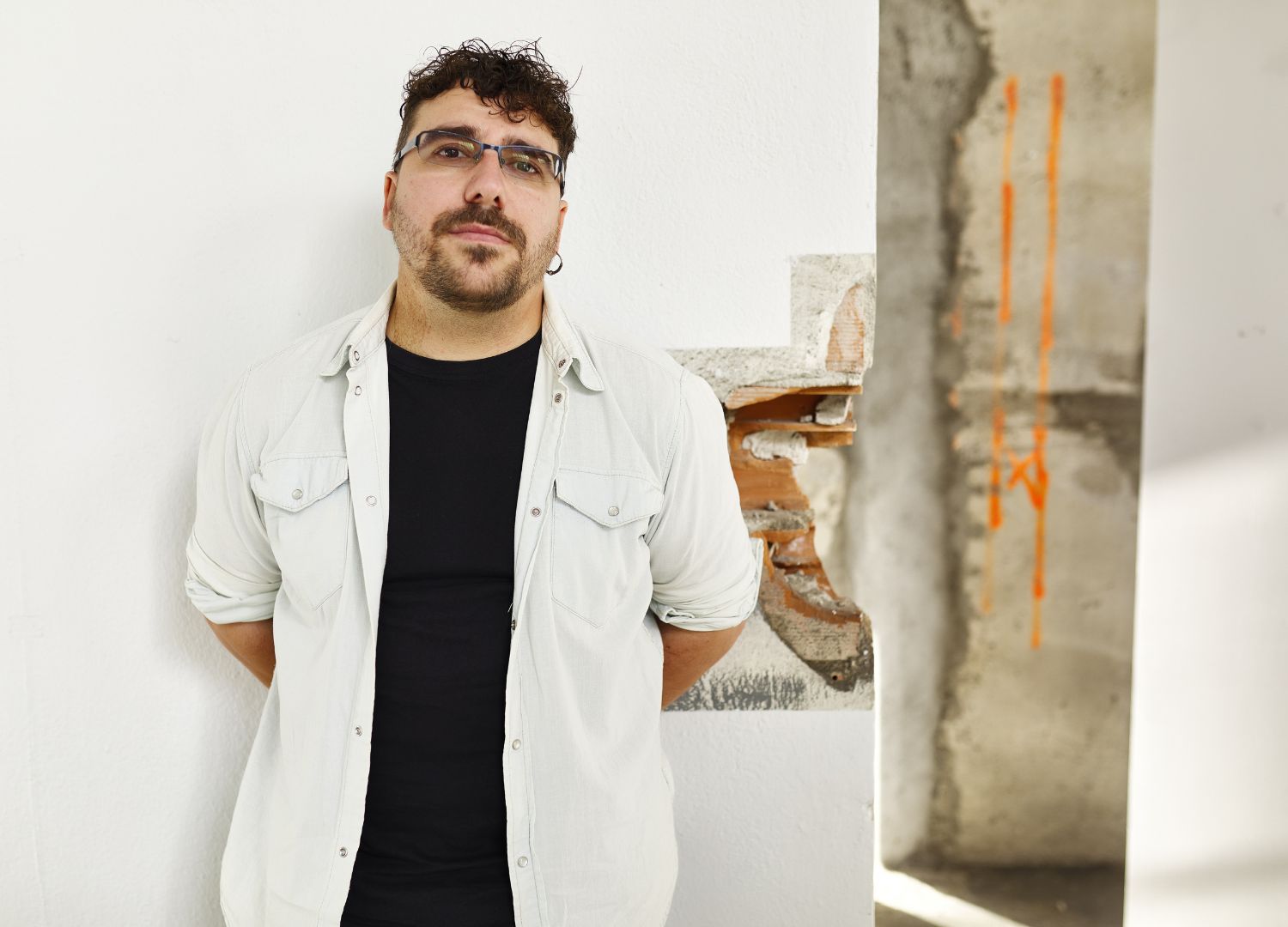This is Denmark: a contemporary interpretation of Danish Design
The installation This is Denmark brings to the Milan Design Week a different take on Danish design: a story of how 15 brands interpret their national heritage illustrated in a water landscape and through a generative sound track

Italy and Denmark have a lot in common when it comes to design: often family-run companies, skilled craftsmanship, a thorough attention to details and a plethora of great Masters to look up to.

Heritage is undeniably a blessing yet it requires looking after but also going beyond.
And when the younger generations want to leave their mark, they have to deal with the pre-packaged idea that most people around the world have of what design means in their country.

National stereotypes, even when they are carriers of still valid traditional values, somewhat hurt the efforts that contemporary designers and brands make to bring design culture one step ahead.

Danish design perception in the public at large
Danish design has always been encapsulated in well-defined values, primarily craftsmanship, quality and a great preference for natural materials.
In contemporary times, especially since social media make up the largest part of global communications, this has been translated in a love for warm, welcoming interiors, bringing up the hygge feeling: the happiness coming from small things.

This is Denmark: a non-stereotyped view on Danish design
Yet there is a lot more to contemporary Danish design than a mere search to create pleasant homes and this is what the This is Denmark exhibition, staged at Alcova during the Milan Design Week 2023, wishes to offer an overview, through 15 selected objects, of how contemporary Danish creators and companies interpret today the key values coming from their national heritage.

This is Denmark is a project by the Royal Danish Embassy in Italy in collaboration with The Confederation of Danish Industry and Creative Denmark.
The participating brands are: &Tradition, 101Copenhagen, Astep, Aytm, Carlsberg, Fredericia, Houe, House of Finn Juhl, Kay Bojesen, Kvadrat, Mernøe, Notes of Colour, Royal Copenhagen, Skovby, Studio Roso.

In order to illustrate today’s interpretation of heritage values and bring out the essence of what Danish design is today, curators Elena Cattaneo and Laura Traldi have changed perspective and proposed an unexpected concept together with Matteo Ragni Studio: a landscape, rather than a home, a story built around 15 star products rather than an interior.
“We wanted to let the objects speak, to underline their design value rather than their capacity – which is obviously not denied – to liaise with others in beautifully styled interiors”, they explain.

Staging design in a landscape rather than a home
Visitors at Alcova will enter a space flooded with water and, from a wooden path, will be able to observe the products emerging all around, like islands. The use of leftover mirrored laminate sheets by Abet Laminati, also providing the huge mirrored surface at the end of the dock, will give a sense of infinity to the viewer.
“When you visit Denmark, it’s natural to be confronted with the many docks and bridges”, Elena Cattaneo explains. “This is a country that has a strong relationship with nature, hence also with the sea, and that uses design to enhance the quality of life everywhere, in homes but also in public spaces”.

The passage of visitors on the walkway will activate, in correspondence to the single islands, a light and a voice. The light will focus on an object while a voice will explain, in less than one minute, why that product is there, what is its take on Danish heritage and what is its design value.
“We wanted to create an art-like exhibition”, continues Laura Traldi. “One that – on top of being visually engaging and emotionally memorable – would also leave something to people: a deeper knowledge about Danish design, an understanding of the reasons why some objects became iconic, an inspiration about how heritage can be interpreted in a contemporary way, without nostalgia.
The objects we have selected, all have something to say from a design perspective, something that goes well beyond their looks. We gave them a voice”.

“This is why we preferred the landscape rather than the home set”, explains Elena Cattaneo. “It’s difficult, when you see a chair in an interior, to think about it as a project: you simply enjoy the experience of sitting in it. Which is great, but doesn’t add – culturally speaking – to your understanding of design”.
Turning this concept into reality was far from easy. “We had to face many issues: some of them related to the location – fascinating but unused for decades – some to using water in a place that was not designed for it”, says Laura Traldi.
“Facing them and responding to them in an elegant way is the great merit of Matteo Ragni and his studio collaborators and of its partner in the realization of the show, Xilografia”.

The title, and the soundtrack
This is Denmark is thus a clustering of 15 products that, each in its own way, illustrates a contemporary way of practicing Danish design.
“When we were thinking of a title”, explain the curators, “we realized that we were to put together different elements to bring out one overall story and that this is exactly what digital music services do when they create their Best of. On Spotify, this kind of grouping is always called This is… so we used the same naming for this exhibition”.
Once established the link to music, Cattaneo and Traldi decided to push it one step further.
“There would be no good design without good craftsmanship, especially if we are talking about Danish products. In order to celebrate this know-how while remaining within the soundtrack metaphor, we have decided to ask a sound artist – Alessandro Pedretti – to develop a soundtrack inspired by the 15 selected objects and the manufacturing sounds that characterize them”.
The soundtrack: organic sounds, human creativity and AI
“The sounds I used in the production of the soundtrack come from the organic world of materials and matter processed by man in industrial and craft contexts”, explains Alessandro Pedretti who uses microphones that capture sounds that are often semi-unknown to the human ear.

After turning these sounds into brand new timbres, pitches, periodicities, Pedretti processed them to obtain a sound palette to blend with more traditional instruments such as synthesisers, acoustic drums and double bass, using both digital and analog studio devices like Ableton Live 11 Suite and Tascam Portastudio 424.
Using Musical Instrument Digital Interfaces such as Rhythmorphic (that morphes sequences with an image sources) or Dillon Bastan’s Iota (that features a spectrogram of a sample in which it’s possible to draw individual loops), Pedretti developed “new textures, also created through the interaction with images of the products featured in the This is Denmark exhibition”.
The lounge area
The making of the soundtrack will be delivered, together with a short movie by video artist Silvano Richini illustrating its making, in the lounge area of This is Denmark, styled by Sissi Valassina.
This space, hosting the attending brands’ products in a more homely setting (also including three carpets by Danish designer Matias Moellenbach and the Beovision Contour 48’’ with an oak cover by Bang&Olufsen, is a de-compression area, where visitors will be able to read the booklet that accompanies the exhibition (courtesy of Essent’ial) and listen to the soundtrack while watching the dedicated video.












